Precision in Clarity: How Sterling Precision Optics Manufactures High-Performance Optical Windows
Created at : Oct 07 2025
At Sterling Precision Optics, excellence begins with transparency — both in the literal and professional sense. Our optical windows are engineered to provide exceptional clarity, precision, and protection for critical optical systems across industries. From aerospace and defense to medical imaging and scientific instrumentation, Sterling’s optical windows are trusted wherever uncompromising optical performance is required.
What Are Optical Windows?
Optical windows are flat, transparent plates designed to allow light to pass through while protecting sensitive optical components from environmental contaminants such as dust, moisture, or debris. Unlike lenses, they don’t alter the light’s path or focus — their function is to transmit light without distortion while maintaining structural integrity in demanding environments.
At Sterling Precision Optics, we produce optical windows from a range of advanced materials to meet the requirements of various spectral regions and performance needs.
Materials Engineered for Performance
Each application demands a material tailored to its wavelength range and mechanical environment. Sterling Precision Optics offers optical windows in materials such as:
- BK7 Borosilicate Glass – Ideal for visible and near-infrared applications; a cost-effective choice with excellent optical quality.
- Fused Silica and Quartz – Superior transmission from UV through IR with exceptional thermal and chemical stability.
- Sapphire – Among the hardest optical materials available; perfect for high-pressure, high-temperature, or abrasive conditions.
- Calcium Fluoride (CaF₂) and Magnesium Fluoride (MgF₂) – Favored for UV and infrared systems due to their low refractive indices and high transmission.
- Zinc Selenide (ZnSe) – Commonly used in CO₂ laser systems and infrared optics.
These materials are carefully sourced and tested for purity, homogeneity, and consistency — ensuring each window meets Sterling’s exacting optical standards.
Our Manufacturing Process
Producing high-performance optical windows requires both precision engineering and artisanal craftsmanship. Sterling’s manufacturing process combines advanced equipment with decades of optical experience to deliver components of exceptional quality.
1. Material Selection
Every project begins with choosing the right substrate based on optical, mechanical, and environmental requirements. Only premium, defect-free material is used to ensure high transmission and uniform refractive index.
2. Cutting and Shaping
Large optical boules or plates are cut into smaller blanks using precision diamond saws or wire saws. Each blank is slightly oversized to allow for grinding and polishing to the final specification.
3. Grinding
Using progressively finer abrasives, we grind the surfaces to achieve precise flatness and parallelism. This process removes surface irregularities and prepares the window for final polishing.
4. Polishing
Polishing transforms the ground blank into an optically clear window. Our technicians use pitch or polyurethane polishing pads combined with fine abrasive slurries such as cerium oxide. The result is a surface with nanometer-level roughness and flatness tolerances as tight as λ/10 — ensuring perfect optical transmission.
5. Inspection and Quality Assurance
Each window undergoes meticulous inspection using:
- Interferometry for flatness and parallelism
- Spectrophotometry for transmission performance
- Microscopic and scratch-dig evaluation to verify optical surface quality (to MIL-PRF-13830B or ISO 10110 standards)
No component leaves Sterling’s facility until it meets our strict optical and mechanical specifications.
6. Coating Application
To enhance optical performance, many Sterling windows receive precision thin-film coatings. Depending on the application, coatings may include:
- Anti-Reflective (AR) coatings for maximum light transmission
- Reflective or filter coatings for wavelength control
- Protective coatings for chemical or environmental resistance
Coatings are applied in our advanced vacuum deposition chambers using ion-assisted or electron-beam evaporation techniques.
7. Edge Finishing and Mounting
Edges are beveled or chamfered to prevent chipping, and, if required, the windows are mounted into precision housings for easy integration into optical assemblies.
Applications Across Industries
Sterling Precision Optics manufactures optical windows for diverse applications, including:
- Aerospace and Defense – Sensor protection and targeting optics
- Medical and Life Sciences – Imaging systems, endoscopes, and diagnostics
- Industrial and Scientific – Spectroscopy, metrology, and environmental monitoring
- Semiconductor Manufacturing – Vacuum viewports and process optics
Each optical window reflects our commitment to precision, quality, and reliability.
Quality You Can See
From raw material to final inspection, every Sterling optical window is a testament to craftsmanship and engineering excellence. By maintaining complete control over design, machining, polishing, and coating, Sterling Precision Optics ensures consistent, repeatable quality that meets the most demanding optical and mechanical specifications.
When precision and clarity matter most, trust Sterling Precision Optics — where transparency is our specialty.

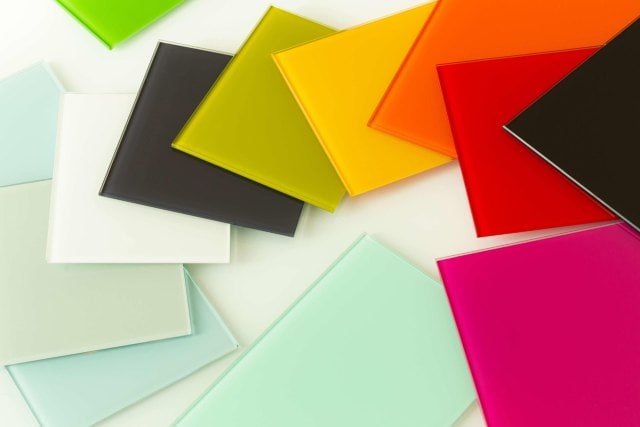 CUSTOM OPTICAL FILTERS
CUSTOM OPTICAL FILTERS
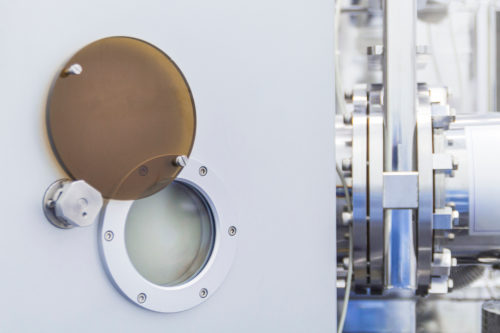 OPTICAL WINDOWS
OPTICAL WINDOWS
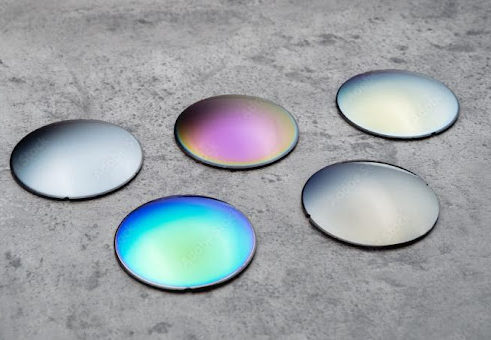 OPTICAL COATINGS
OPTICAL COATINGS
 UV OPTICS
UV OPTICS
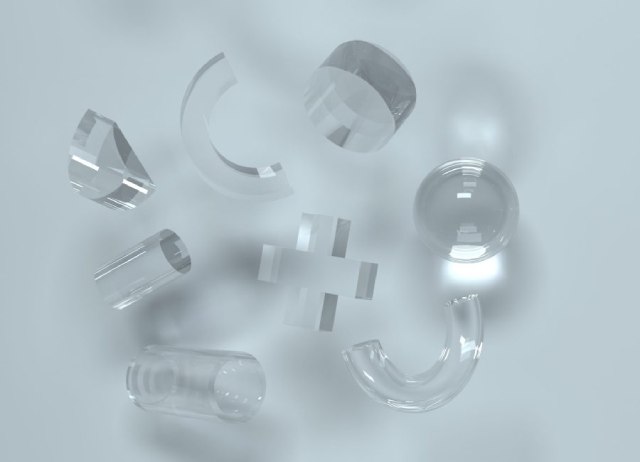 CYLINDRICAL OPTICS
CYLINDRICAL OPTICS
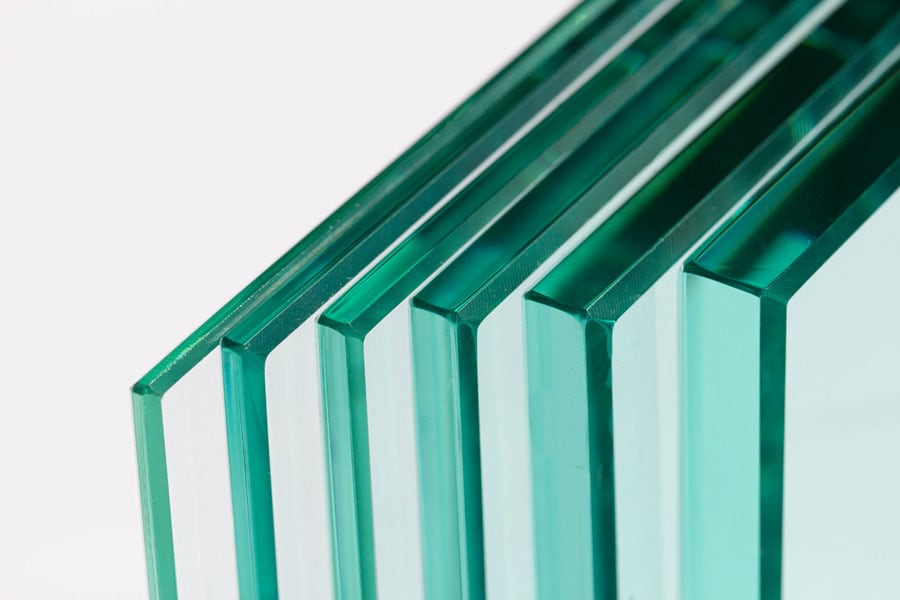 CUSTOM TEMPERED OPTICS
CUSTOM TEMPERED OPTICS
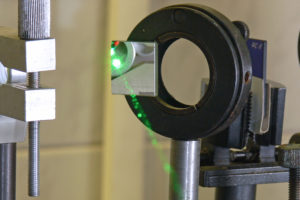 OPTICAL MIRRORS
OPTICAL MIRRORS
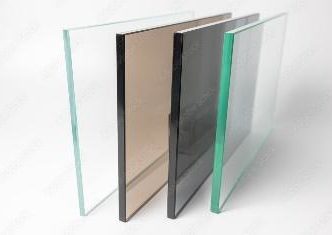 NEUTRAL DENSITY
NEUTRAL DENSITY
 PRISMS & RETROREFLECTORS
PRISMS & RETROREFLECTORS
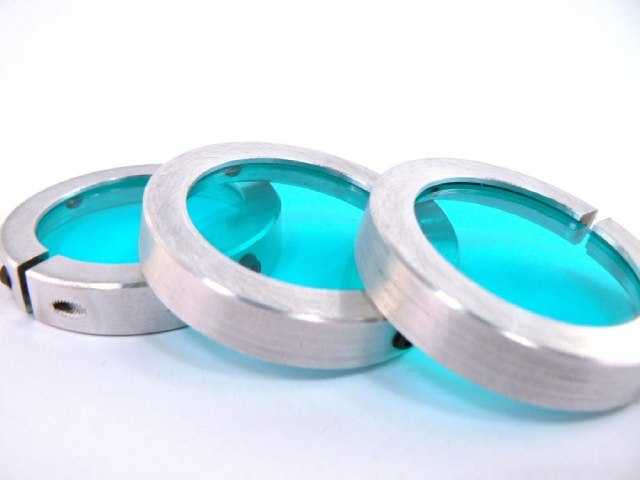 ASSEMBLIES
ASSEMBLIES
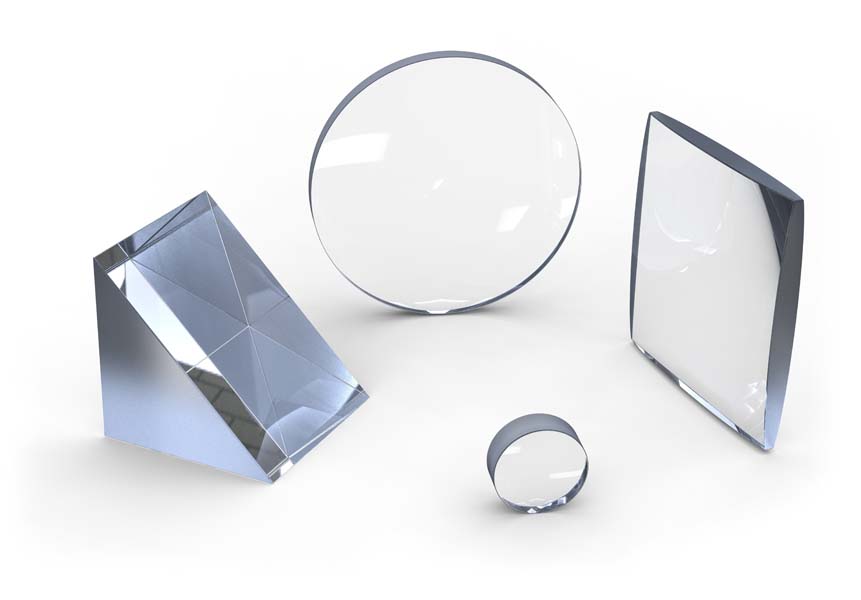 OPTICAL LENSES
OPTICAL LENSES
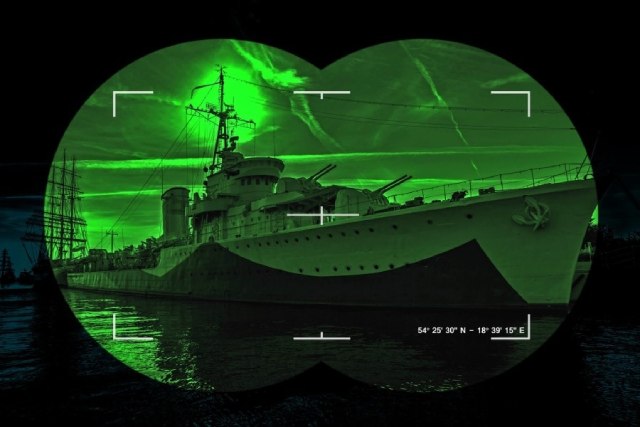 NIGHT VISION FILTERS
NIGHT VISION FILTERS
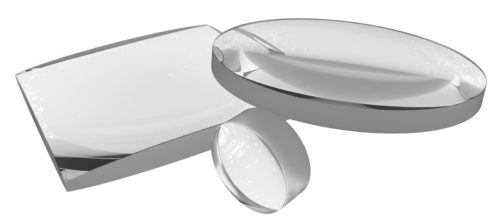 ACHROMATIC LENSES
ACHROMATIC LENSES
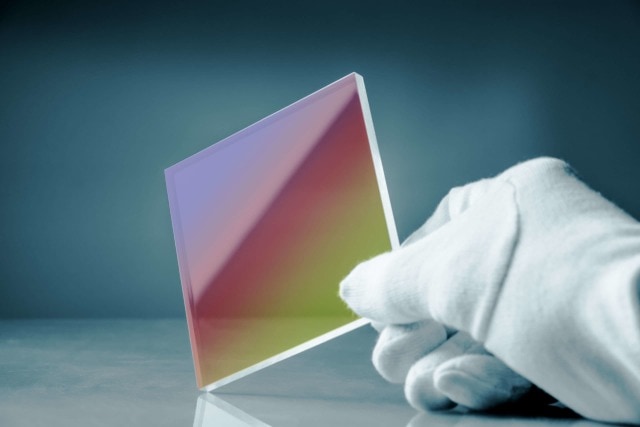 OPTICAL BEAM SPLITTERS
OPTICAL BEAM SPLITTERS
